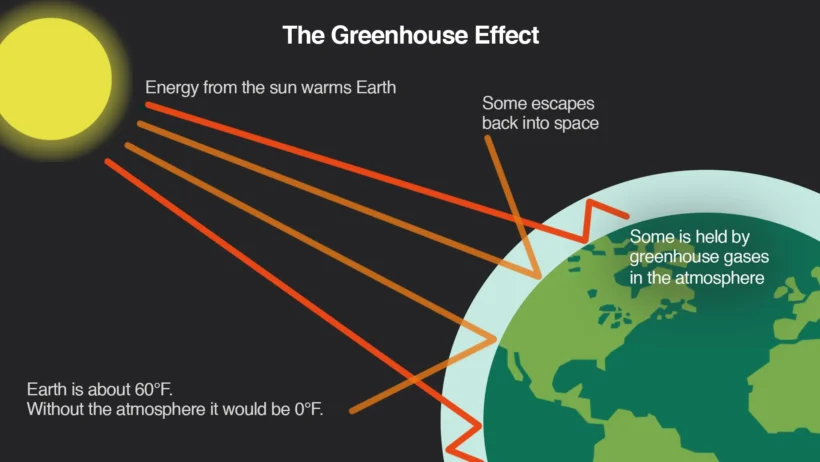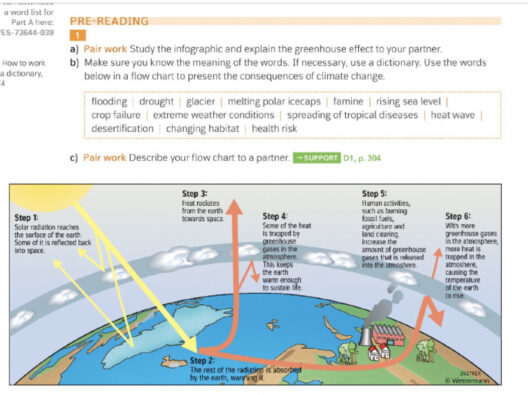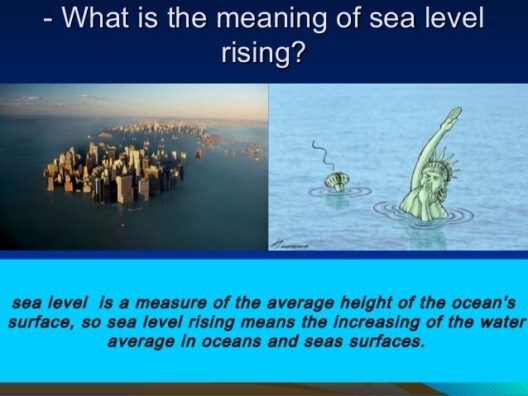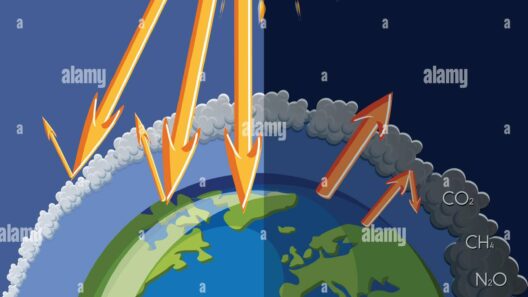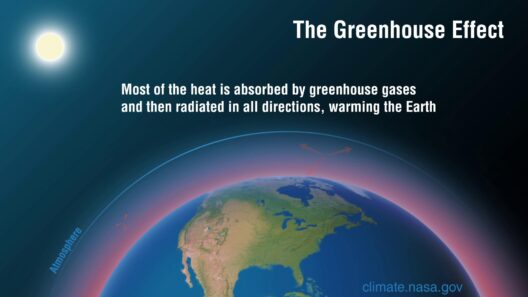What is the greenhouse effect? This phenomenon is a vital aspect of Earth’s climate system, wielding significant influence over temperatures and weather patterns. In essence, the greenhouse effect refers to the process by which certain gases trap heat in the atmosphere, leading to a warming effect on the planet. Understanding this effect is critical for recognizing how human activities contribute to climate change. But do you ever wonder how small changes in our daily life could impact this intricate balance?
The greenhouse effect serves as a natural mechanism to maintain Earth’s temperature within a range conducive to life. Without it, our planet would be inhospitable, with average temperatures plummeting to around -18 degrees Celsius (0 degrees Fahrenheit) instead of the comfortable 15 degrees Celsius (59 degrees Fahrenheit) we experience now. Yet, the augmentation of the greenhouse effect, primarily through human activities, poses challenges that demand urgent attention.
To truly grasp the concept of the greenhouse effect, it’s essential to delve into its components, functioning mechanisms, and implications for our climate. Let’s explore these dimensions in greater detail.
Understanding Greenhouse Gases: The Core Ingredients
The atmosphere is composed of a variety of gases, but only certain ones contribute significantly to the greenhouse effect. These gases, referred to as greenhouse gases (GHGs), include carbon dioxide (CO2), methane (CH4), nitrous oxide (N2O), and water vapor. Each gas has a unique capacity for heat retention, often referred to as its Global Warming Potential (GWP).
Carbon dioxide, for instance, is released through burning fossil fuels, deforestation, and various industrial processes. Although CO2 is less effective at trapping heat compared to methane, its abundance in the atmosphere makes it a key player in the greenhouse effect. In contrast, methane, which is emitted during the production and transport of coal, oil, and natural gas, has a GWP over 25 times that of CO2 over a 100-year period. This significant difference underscores the importance of monitoring and managing emissions of both gases.
The Role of the Sun: The Initial Energy Source
The greenhouse effect begins with the sun, which radiates energy towards Earth. Most of this solar energy reaches the earth’s surface, where it is absorbed and re-radiated as infrared radiation or heat. This process is fundamental to the greenhouse mechanism. The challenge, however, arises when human activities increase the concentration of greenhouse gases in the atmosphere.
In a balanced scenario, the infrared radiation would escape back into space, maintaining a stable climate. However, elevated levels of GHGs act like a thermal blanket, trapping more of this heat and thus causing a rise in global temperatures—a phenomenon known as global warming. This imbalance not only affects temperature but also alters weather patterns and impacts ecosystems worldwide.
The Consequences: More Than Just Temperature Rise
As temperatures escalate, the implications become multifaceted. One of the most visible consequences of the greenhouse effect is the melting of polar ice caps and glaciers. This melting contributes to rising sea levels, threatening coastal regions and ecosystems that depend on stable habitats.
Moreover, increased global temperatures lead to more frequent and severe weather events, including hurricanes, heatwaves, and droughts. These changes disrupt agricultural practices, resulting in food insecurity and economic instability for communities reliant on consistent weather patterns. Understanding these consequences is crucial as they impact biodiversity, water resources, and human health.
Mitigating the Greenhouse Effect: What Can We Do?
The burgeoning challenge posed by the greenhouse effect beckons immediate action. Solutions lie not only in policy and technology but also in individual choices. For example, reducing fossil fuel consumption through the adoption of renewable energy sources like solar and wind can significantly cut carbon emissions. Promoting energy efficiency in homes and vehicles contributes to minimizing our carbon footprint.
A smaller yet impactful action is the reduction of meat consumption. Livestock farming is a major source of methane emissions, encompassing not just the animals themselves but also the transportation and processing involved. Thus, adopting a more plant-based diet can alleviate some of the pressure our consumption places on the environment.
Furthermore, raising awareness about the greenhouse effect empowers individuals and communities to engage in sustainable practices. Encouraging others to take actions, whether that’s incorporating recycling into daily routines or supporting policies focused on climate action, underscores the collective responsibility we share in confronting this global issue.
In summary, the greenhouse effect is a double-edged sword. It is essential for life on Earth, yet its exacerbation due to human influences poses significant environmental hazards. Understanding its mechanics offers a pathway to meaningful action—for the future of our planet depends on our grasp of these concepts and our commitment to improved stewardship. Embrace the challenge of altering daily behaviors and advocate for change. What simple steps can you take today to contribute to a sustainable future?



